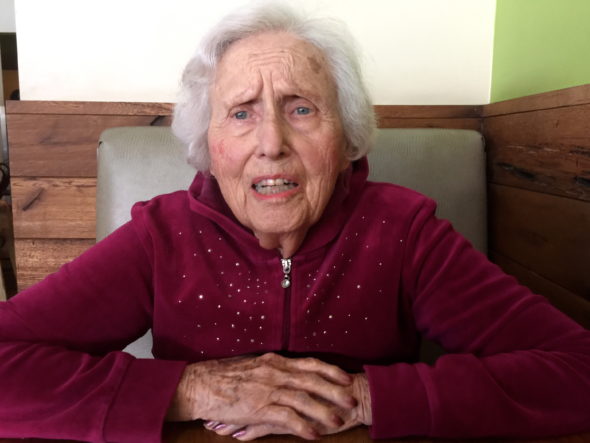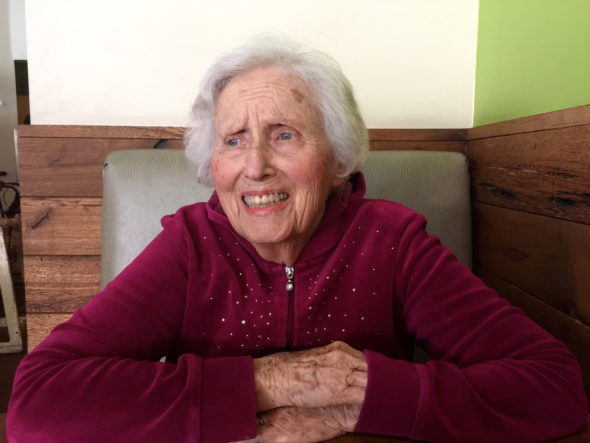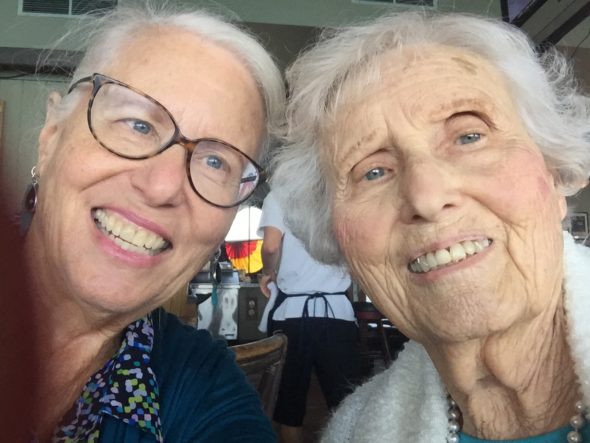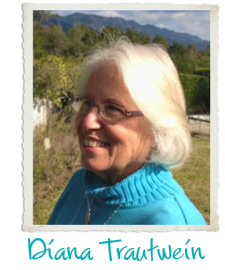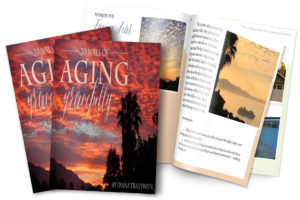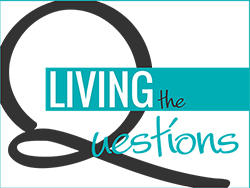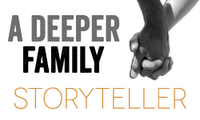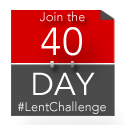Walking back from the bridge to the open, green central space of our retreat center, I turned around and was struck by the contrast of the redwood giants, dark against the lightening sky. Somehow, it reminded me of life, how the dark juxtaposes itself right up against the light and together, they make a beautiful picture. It is also true, that if the angle of the sunshine were shifted slightly, those dark trees would not be nearly as dark as they appear at this time of day.
That, too, speaks truth to me. With the passage of time, the hopeful maturation of our minds and spirits, and the gifts that come our way in the meantime, those dark times look less menacing, don’t they?
Both analogies hold, I think. Not necessarily together, at the same time — but they each cradle pieces of the truth for us. Life is both light and dark together. And the dark places can look different from different angles. I don’t mean to downplay the reality of darkness, no way. Life is often very hard, indeed. But because we know a God who majors in redemption, we can also know that darkness is not all there is. We can know that darkness and difficulty do not tell the whole story, nor do they last forever. They may mark us forever, that cannot be denied, nor should it be. Pain is pain and it ain’t fun. But as Leonard Cohen so famously and beautifully put it, it’s through the cracks that the light gets out.
So today, I am praying that I can hold well the tension of light and dark, of suffering and success, of power and weakness, of wholeness and brokenness. What about you?

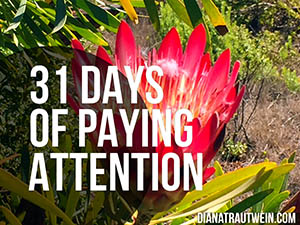



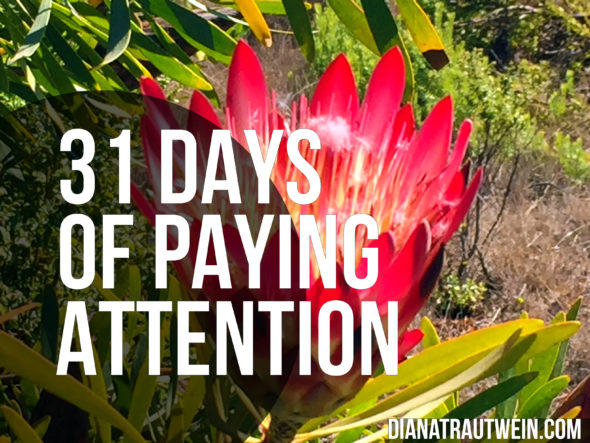





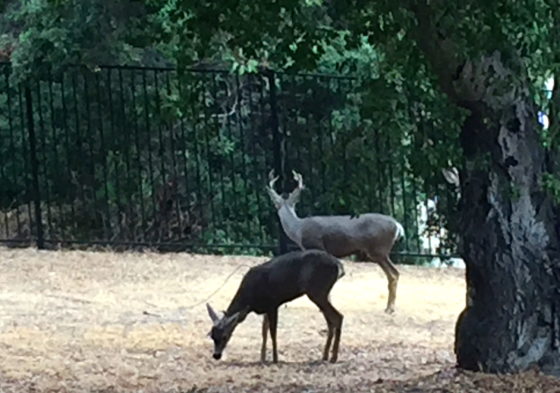
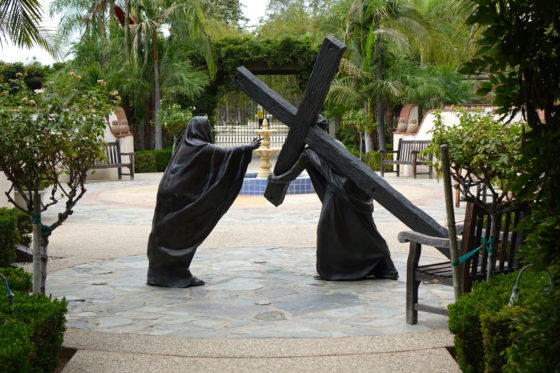

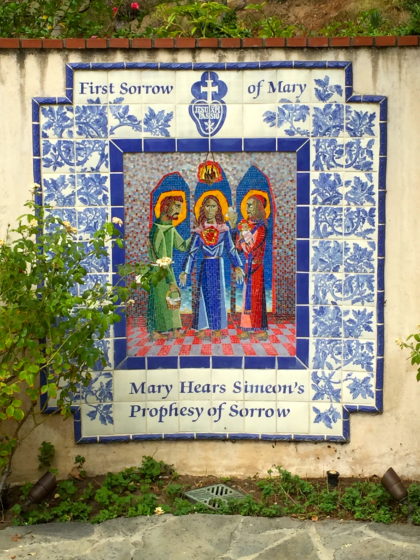
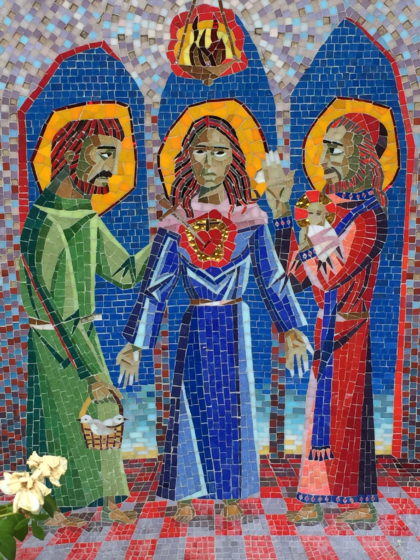

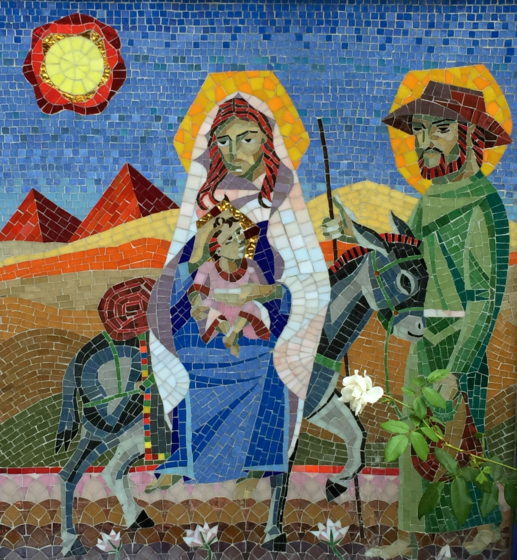

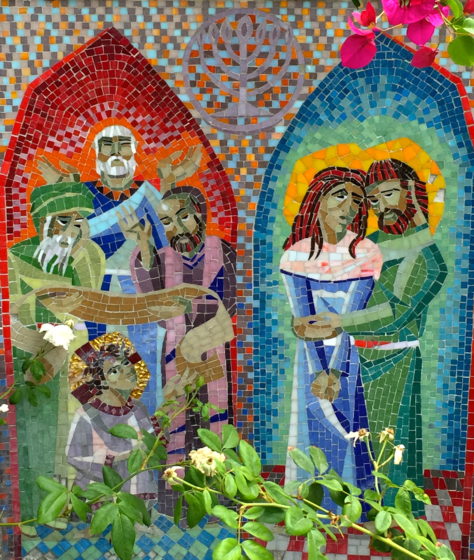
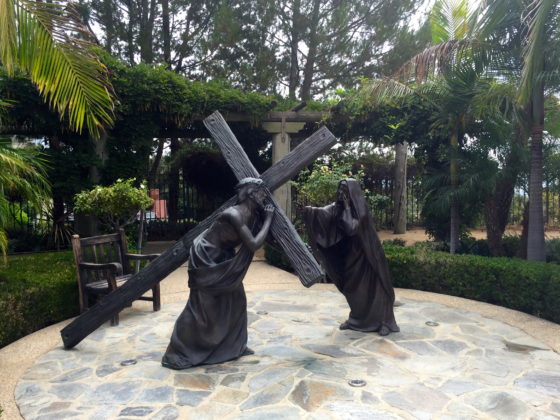
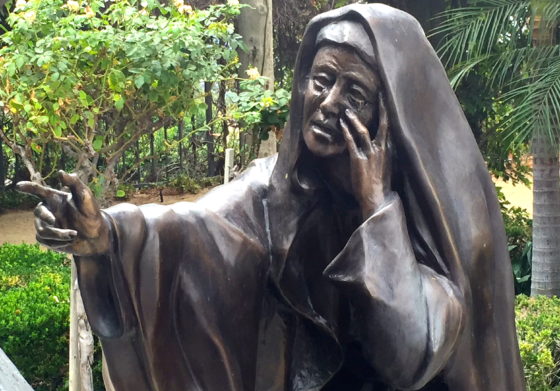
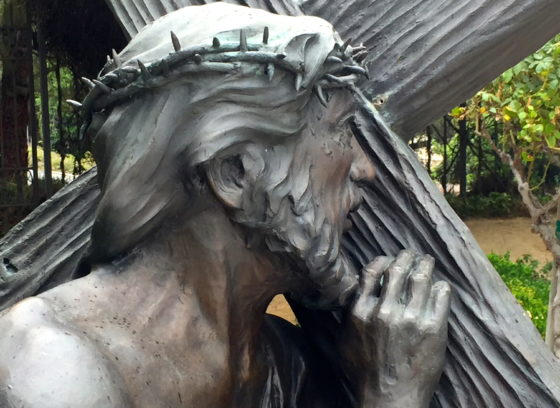
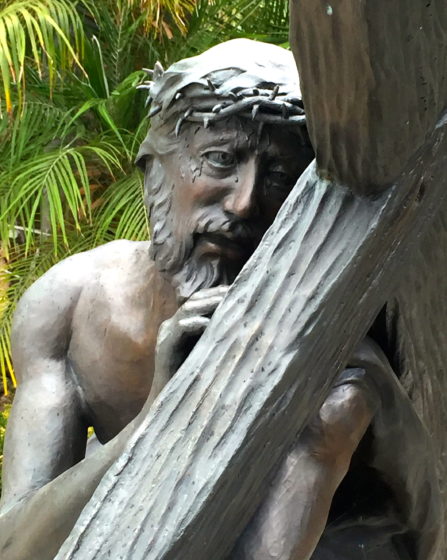
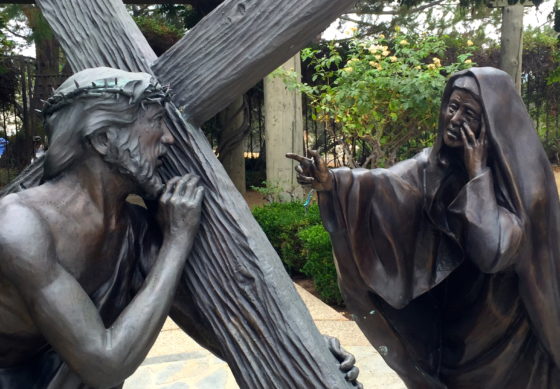
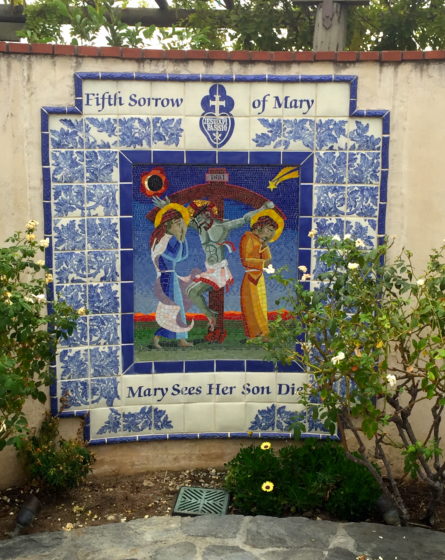
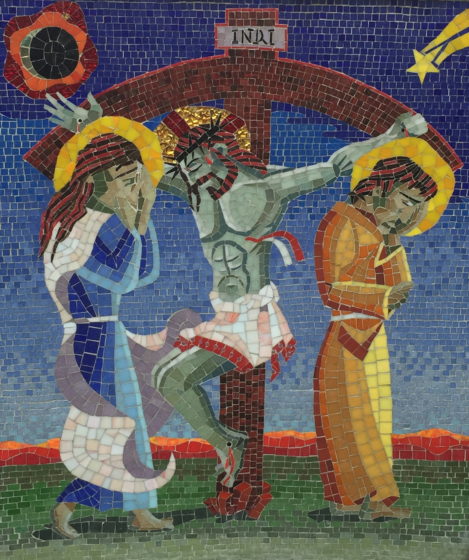
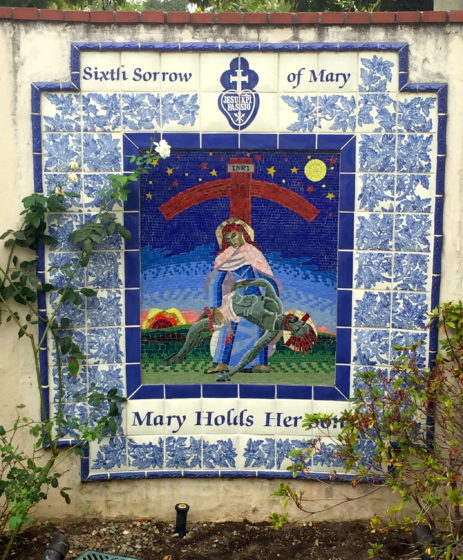
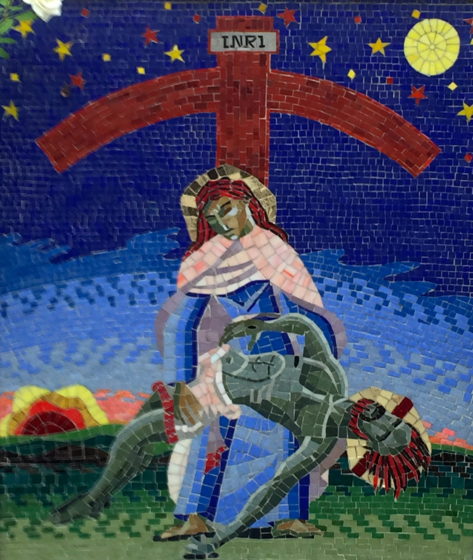
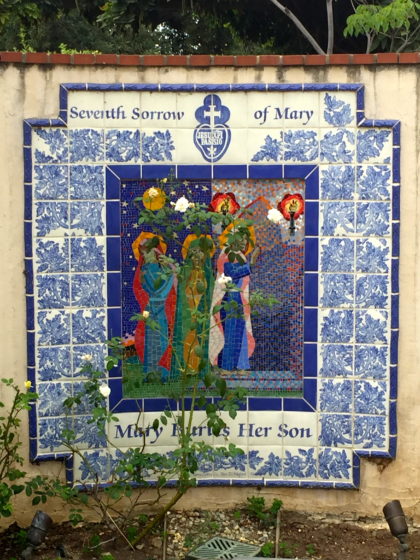
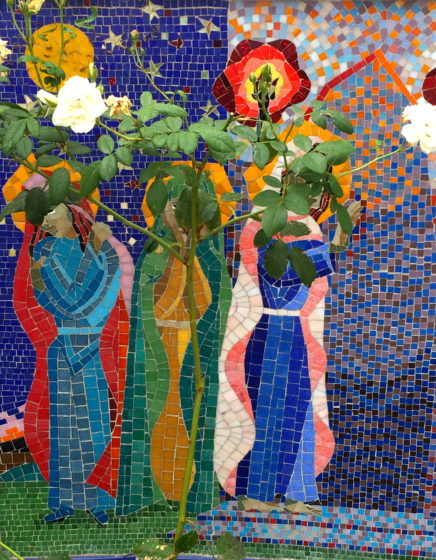
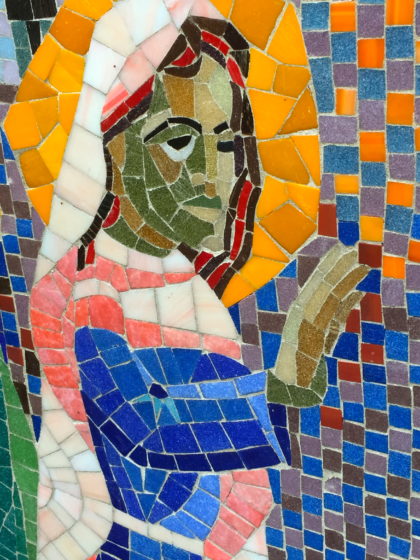



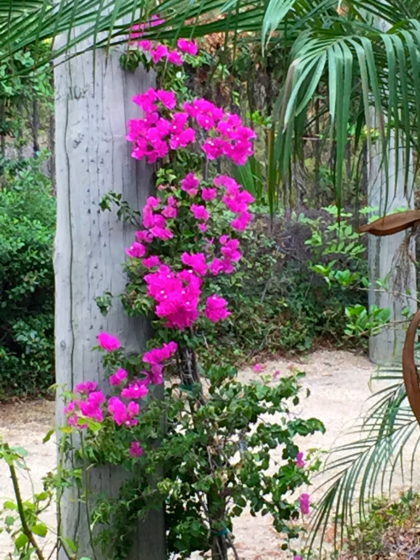


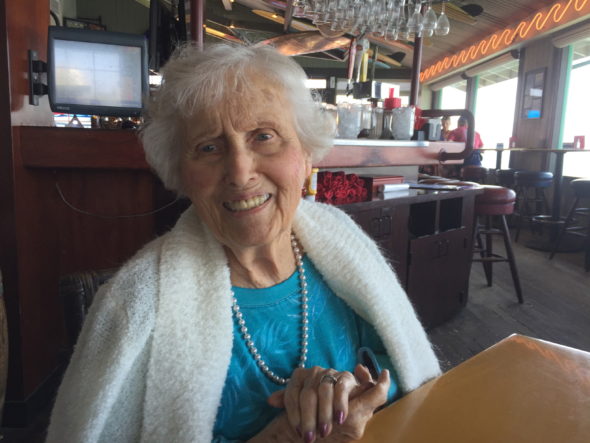 You know, it’s just lunch. Simple, right? I get in the car, I drive over to Mom’s care facility, I punch in the magic code to open the door, I gather her up, confused and beautiful as she is, I open the door so we can both go out into the sunshine.
You know, it’s just lunch. Simple, right? I get in the car, I drive over to Mom’s care facility, I punch in the magic code to open the door, I gather her up, confused and beautiful as she is, I open the door so we can both go out into the sunshine.